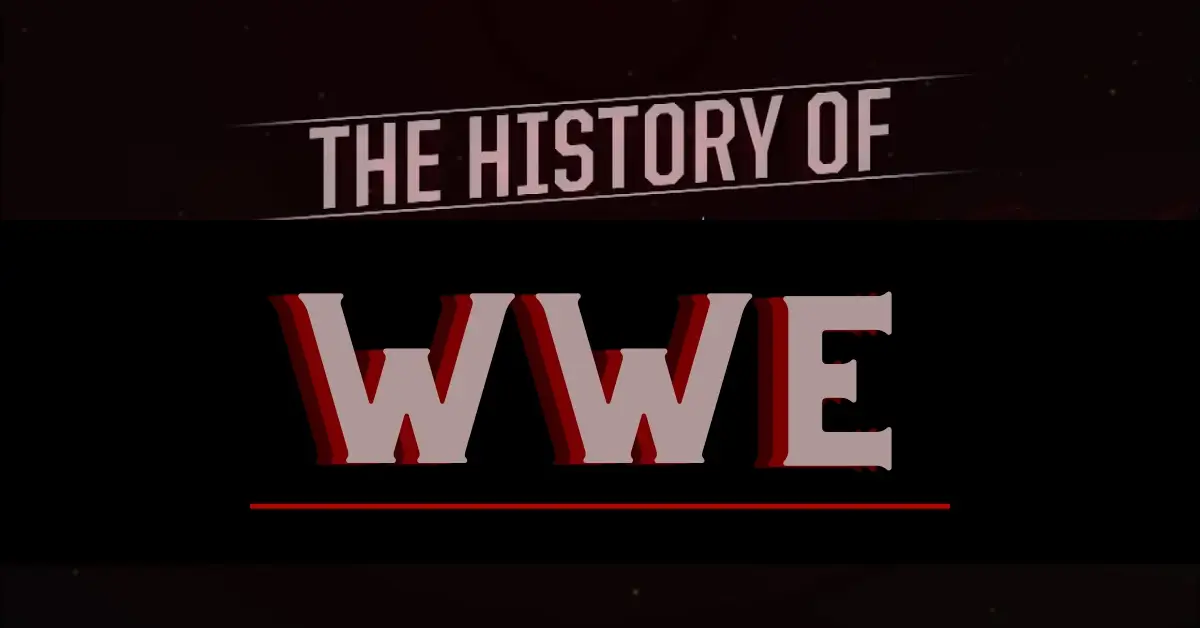Exploring the annals of WWE is akin to traversing through a vibrant showcase of sports entertainment. Imagine plunging into the WWE cosmos, a dimension where athletic prowess merges with dramatic flair, where narratives enchant audiences, and where the ring transforms into a platform for some of the most iconic figures in pop culture.
Founding of Titan Sports Inc.
When exploring WWE company history, you’ll find that the path to its global prominence began with the formation of Titan Sports Inc. This was a pivotal chapter that set the stage for the evolution of professional wrestling entertainment.
Vince McMahon’s Acquisition
In 1980, Vince McMahon took a bold step to shape the future of professional wrestling by founding Titan Sports Inc. He acquired Capitol Wrestling Corporation Ltd., a company that his father operated, which was the precursor to today’s WWE.
Early Business Ventures
After establishing Titan Sports Inc., Vince McMahon soon put his business acumen to work. By 1982, Titan Sports Inc. had acquired the holding company for the WWF, marking a significant early venture that would contribute to the rise of the company in the years to follow. McMahon’s efforts did not go unnoticed, as the brand slowly transitioned into a national sensation.
Rise to Prominence
Delving into the WWE company history, you’ll find pivotal eras that defined what the entertainment juggernaut is today. From the iconic rise of household names to industry-changing attitudes.
Hulkamania Era
During the early 1980s, WWE catapulted into global recognition with the launch of Hulkamania. This period was synonymous with the larger-than-life persona of Hulk Hogan, whose charismatic appeal and commanding presence captured the imagination of fans worldwide. His storyline battles and iconic moments, like body-slamming Andre the Giant at WrestleMania III, turned wrestling into a must-see event.

Attitude Era
The Attitude Era was a game-changer for WWE, starting in the late ’90s. It was characterized by a more adult-oriented programming that pushed the envelope in both content and character development. This era saw the emergence of legends such as Stone Cold Steve Austin and The Rock, whose intense rivalries and bold personas brought about record television ratings and a surge in pay-per-view buys.

Ruthless Aggression Era
While some thought it couldn’t get any bigger than the Attitude Era, along came the Ruthless Aggression Era in the early 2000s. This time frame gave rise to new superstars like John Cena, Batista, and Brock Lesnar. WWE focused on intense in-ring performance and compelling storytelling, continuing to expand its global footprint. Cena’s “Never Give Up” attitude especially resonated with fans, ensuring that WWE’s popularity remained strong into the new millennium.

WWE Company History of Expansion and Branding
As you explore WWE company history, you’ll notice two pivotal elements that have shaped its legacy: ambitious expansion efforts and strategic branding initiatives.
WWE Network Launch
In February 2014, the WWE took a significant step in its expansion by launching the WWE Network, a streaming service offering an extensive library of wrestling shows, pay-per-views, and original programming. This move provided fans with access to their favorite content anytime and marked a milestone in the company’s digital innovation.

Global Reach and Partnerships
WWE’s global presence blossomed through forming partnerships with various networks and platforms. Its content has been broadcast in over 150 countries, and live events have been hosted across the globe.
Evolution of Talent and Programming
As you explore WWE company history, you’ll notice how it has continuously innovated its talent pool and programming content, adapting to audience preferences and the dynamic entertainment landscape.
Superstar Development
In the company’s early years, superstars like Hulk Hogan and “Macho Man” Randy Savage became household names, emblematic of the ’80s Boom. The company’s focus on larger-than-life personas continued into the Dawn of WrestleMania era, where showmanship was paramount. The New Generation marked a shift towards athleticism, bringing in technical maestros such as Bret “The Hitman” Hart and Shawn Michaels.

Transitioning into the Postwar and Modern Eras, talent development evolved with the rise of developmental programs like NXT, nurturing future superstars such as Charlotte Flair and Seth Rollins, while offering a diverse range of wrestling styles and characters.

Diversification of Content
WWE’s programming has grown from a single, syndicated weekly show to a broad array of content. Starting with the flagship “Monday Night Raw,” which debuted in 1993, WWE expanded with “SmackDown” in 1999, orienting towards a different set of storylines and providing additional airtime for a growing roster.
The introduction of the WWE Network in 2014 was a pivotal step in content diversification, offering live event streaming, an extensive back-catalog of matches, and original series.
Through dedicated talent development initiatives and strategic content diversification, WWE continues to captivate fans worldwide, ensuring its legacy in sports entertainment history.
FAQ
When did WWE company start?
February 1980, South Yarmouth
When did WWE Raw start?
January 11 1993
Who started WWE wrestling?
Vince McMahon and Linda McMahon
I hope you liked this Post about WWE Company History . Let us know what you think about it in the comments ⬇️






